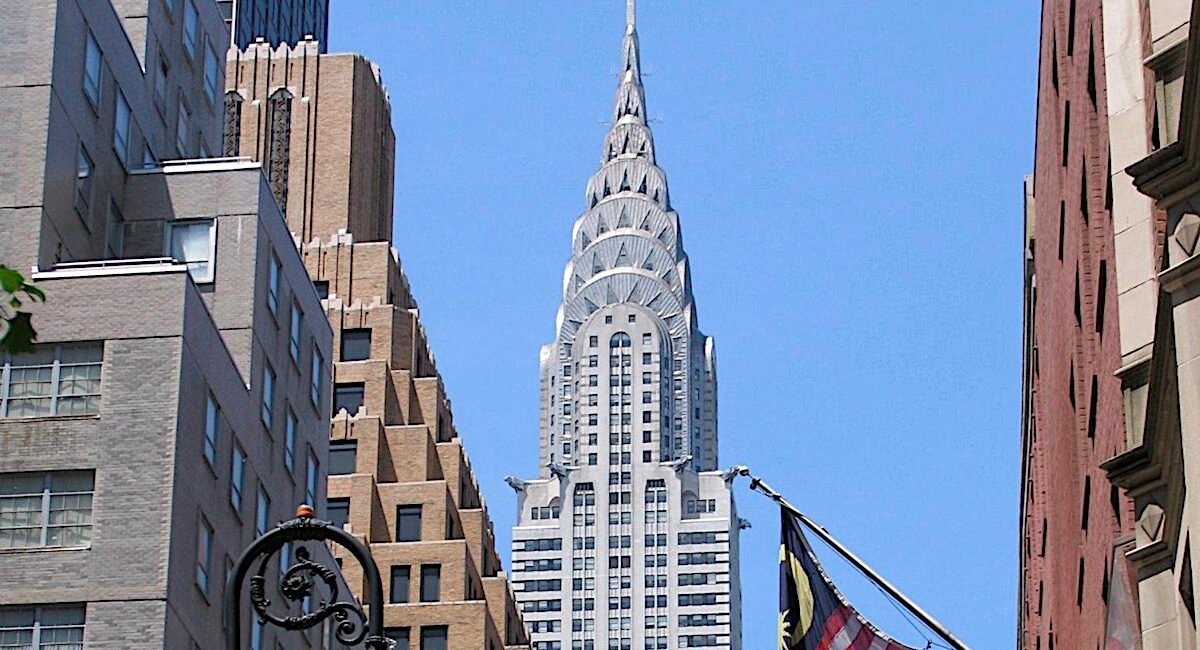In 1930, William Van Alen’s gleaming Art Deco masterpiece—the Chrysler Building—officially opened its doors, its stainless steel crown piercing the Manhattan skyline at 1,046 feet. Commissioned by auto magnate Walter P. Chrysler as “a monument to me,” the 77-story tower briefly held the title of the world’s tallest before being eclipsed by the Empire State Building. Now, nearly a century later, New York’s most recognisable skyscraper faces an uncertain chapter as its ownership turmoil sparks fresh questions about its future.
The Cooper Union, the storied art and engineering school that owns the land beneath the tower, has enlisted London-based Savills to broker a sale. Rent payments from the building’s owners—which hit $32 million in 2019—are set to balloon to $41 million by 2028, adding urgency to the deal. Current co-owners RFR Holding and insolvent Austrian firm Signa acquired the property for $150 million in 2019, a far cry from Abu Dhabi’s $800 million purchase of a 90% stake back in 2008.
Yet, for all its exterior grandeur, the Chrysler Building’s interiors tell a different story. Tenants gripe about dim corridors, temperamental elevators, murky water, and unwelcome pests. “It’s the most famous address on earth,” admits Ruth Colp-Haber of Wharton Property Advisors, “but you won’t find the gyms or rooftop decks that modern tenants demand.”
As preservationists brace for another potential ownership shuffle, the tower’s fate hangs in the balance—a glittering relic caught between its storied past and the pragmatic demands of 21st-century real estate. One thing remains certain: no spire in Manhattan carries quite the same mythic weight as Van Alen’s stainless steel crescendo.
When the Chrysler Building first opened, it became an instant icon. Van Alen’s masterpiece distilled Jazz Age ambition into geometric patterns and gleaming metal. The building’s crown—assembled in secret inside the structure before being hoisted into place—remains its pièce de résistance, with triangular windows lit from within to create a perpetual nighttime glow. Eagle gargoyles modelled after Chrysler mascot ornaments stare down from the 61st floor, while the lobby’s red Moroccan marble and onyx walls whisper of a more extravagant era. The Chrysler Building’s survival story is dramatic. Designated a landmark in 1978 after narrowly escaping demolition, it endured decades of ownership shuffles between international investors.
Today, as developers circle and preservationists hold their breath, this Art Deco survivor stands at a crossroads. Will it become another glassy corporate address, or remain what critic Paul Goldberger called “the one New York skyscraper that might plausibly be called sexy”? Either way, Van Alen’s steel-and-stone sonnet to ambition isn’t done telling its story.
Top Photo: The Chrysler Building in Manhattan, New York City, Daniel Dimitrov Wiki Media Commons
Visit




No Comment! Be the first one.